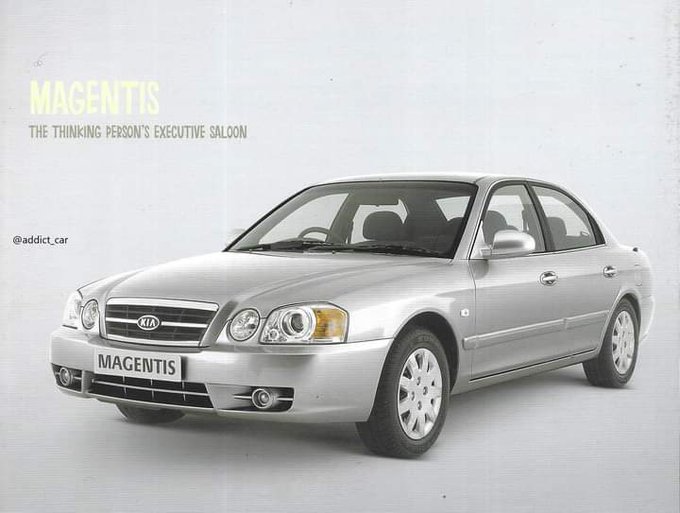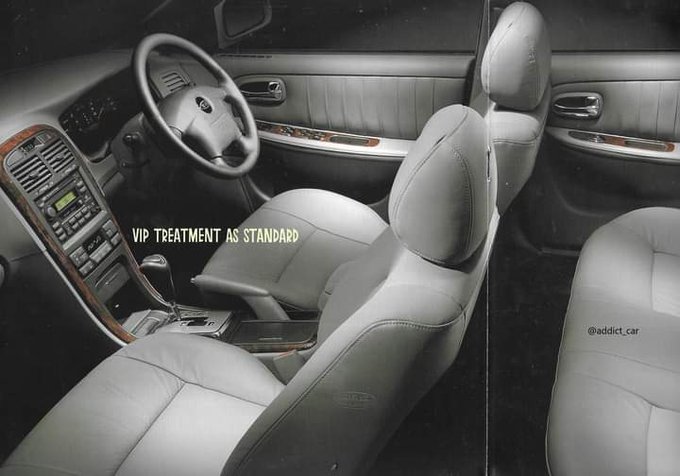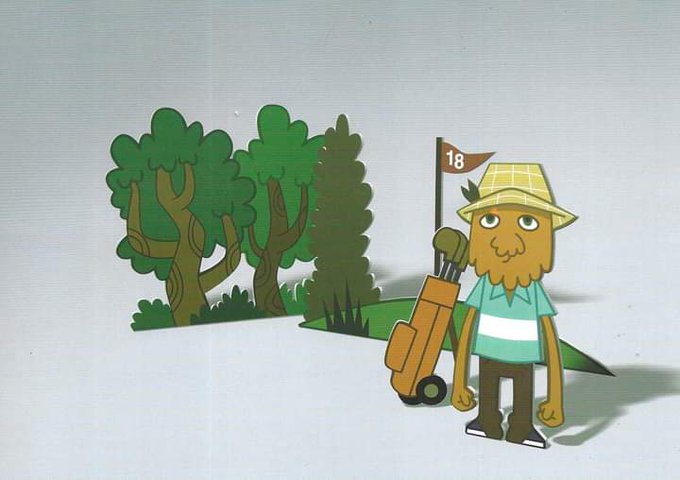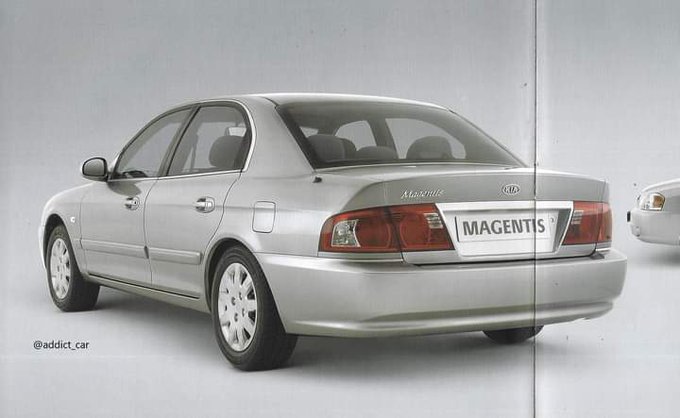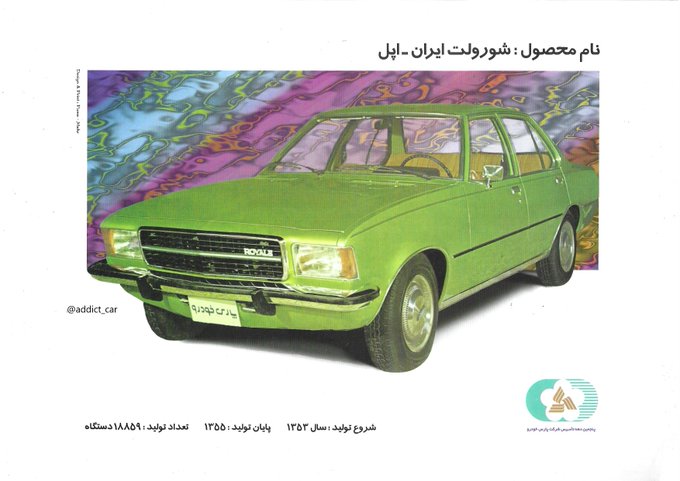A slightly widened version of the Suzuki Cervo Mode was built by Maruti in India starting in 1993, and was called the Zen. Most models had a 1.0-litre engine. It was ironically exported to Europe as the Suzuki Alto.
With looks in the latest style and an impressive interior, the 2.2-litre six-cylinder 'Grosse' Borgward pitted the company against Mercedes-Benz, which dominated the German luxury car market at the time. The Borgward was the first car from Germany to feature air suspension.
The first Panhard to carry the Dyna name had been the X model, a radical departure from the company's pre-war luxury car tradition. It was an acknowledgement of the austere times facing France in the late '40s, and provided a technically-interesting alternative to Renault's 4CV.
The Fusca looked almost unchanged externally, although Brazilian models evolved somewhat differently from the German original, as well as from the Beetles built by VW in Mexico, the other major production centre. This 1996 Fusca had a 1.6-litre engine with catalytic converter.
After its extremely long European production run finally ended, the eternal VW Beetle continued to go from strength to strength in Latin America. The Brazilian-built version was called the VW Fusca - the 1996 model features in this brochure. #carbrochure #Volkswagen
Kia's brochure cover described the Magentis - in 2.0-litre LE or SE versions - as 'the thinking person's executive saloon'. Inside a curious cartoon represented the type of 'thoughtful drivers' who recognised value and had other things to spend money on.
In the 21st century Subaru revived the name, unhyphenated, in the new R2, a 5-door 660cc kei car shown in Type S trim in this 2005 brochure. There was also a more distinctive 3-door, the R1. The pair would be the last of the uniquely Subaru-designed kei cars.
The leaflets in this thread were sent to me by Iranian manufacturer Pars Khodro in the early 80s, after the country's revolution severed many western ties. They show a bewildering number of models which may or may not have still been in production. #carbrochure #ParsKhodro
Datsun's largest offering in the mid-70s, the 260C, was photographed for its Australian brochure at a Country Club, underlining the luxury credentials of the ornately-styled sedan and wagon. The 260C came from the 4th generation of Nissan Cedrics in Japan. #carbrochure #Datsun
Launched in late 1957, the Edsel range had been pitched as entirely new and revolutionary. It failed to live up to the hype and suffered many quality glitches. This is an early brochure showing the initial grille design. Ford ignominiously cancelled the unloved brand in 1960.















